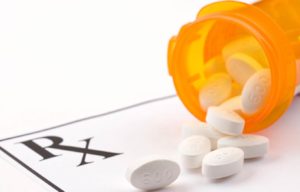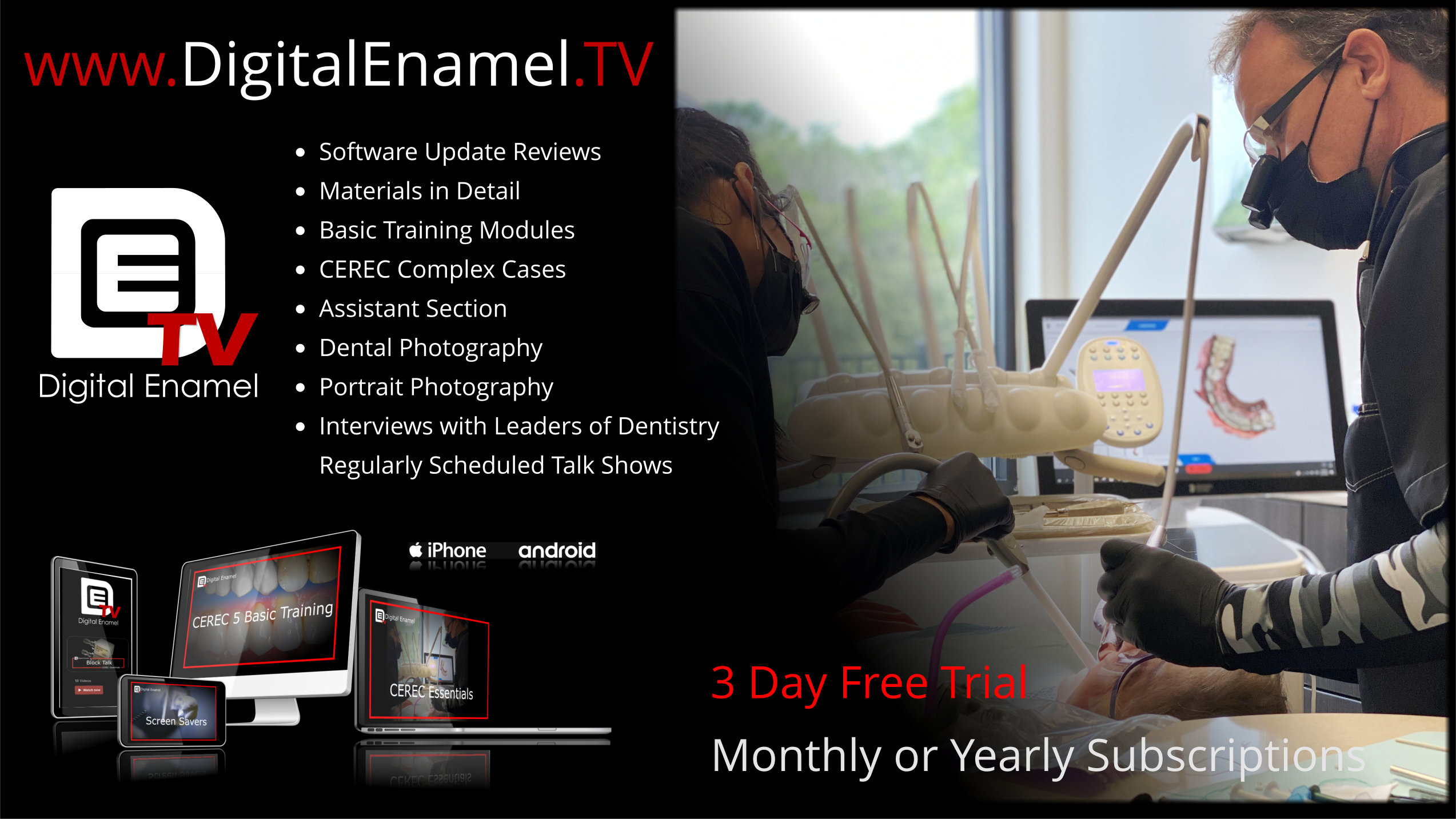“The Opioid Epidemic: Dentistry’s Response”

(This is Part 1 of a 2 Part series)
We have a deadly and serious problem in America. The social impact and costs are staggering. The problem is not a respecter of persons, including men and women in all age groups, people with or without insurance, and people of all income levels. It is as ubiquitous, cheap, and easy to acquire as candy, while destroying the very fiber of this country at an alarming rate. It is called the Opioid Epidemic. While the medical community’s original intent was noble (i.e., to treat pain with narcotics), the long-term outcomes for many of these patients are appalling and end up destroying lives while sometimes causing death.
Facts About Prescription Opioid Abuse and Addiction
- The total drug overdose deaths in 2015 in the U. S. from all drugs represent about 52,000 people. Of those total drug overdose deaths, 20,000 are from prescription opioids and 13,000 are from heroin. This represents about 63% of all drug overdoses from opioids (prescription opioids and heroin). In other words, 172 Americans die every day from total drug overdose deaths and of those 90 Americans die every day from opioid overdoses (prescription drugs and heroin).
- The U. S. accounts for 5% of the world’s population, yet we consume 75% of the world’s prescription drugs.
- The United States consumes 99% of the world’s Hydrocodone (Vicodin), 60% of the world’s
Hydromorphone (Dilaudid), and 81% of the world’s Oxycodone (Percocet). - Doctors who over-prescribe painkillers in the U. S. will see 40% of those patients becoming addicted.
- Of the 9.4 million Americans who take opioids for long-term pain, 2.1 million are estimated by the National Institutes of Health to be addicted and are in danger of turning to the “black market” for their drug supply.
- For middle-aged Americans, who are most at risk, a prescription opioid overdose is a more likely cause of death than an auto accident or a violent crime.
- A report from the Centers for Disease Control in 2014 found that physicians are fueling prescription painkiller overdoses in the U. S.
- The study found that doctors were engaging in “dangerous” and “inappropriate” prescription practices due to the physician’s lack of understanding of opiates and their addictive tendencies.
- Studies have shown that while cumulative pain levels remained constant among Americans, prescriptions for pain medications and overdose deaths more than quadrupled between 1999 and 2013.
- According to the U. S. Substance Abuse and Mental Health Services Administration (SAMHSA), a full 80% of all users arrive at heroin AFTER abusing opioid painkillers like OxyContin, Percocet, and Vicodin.
- A person who abuses and/or is addicted to prescription painkillers is 40X more likely to abuse heroin.
- A survey in 2005 by Partnership For A Drug Free America showed that 19% of teens reported taking prescription painkillers for non-medical uses.
- The source of the narcotic painkillers are from dentists/physicians, from friends, or from medicine cabinets found in their home or neighbors homes.
- Real estate agents showing houses for sale must inform present homeowners the need to secure and remove all narcotics from the medicine cabinets when showing a house to a perspective buyer because of potential opioid theft.
 In Part 2, we will explore how heroin is infiltrating every aspect of American life and what dentistry’s response to this insidious epidemic can be as we treat our patients.
In Part 2, we will explore how heroin is infiltrating every aspect of American life and what dentistry’s response to this insidious epidemic can be as we treat our patients.

